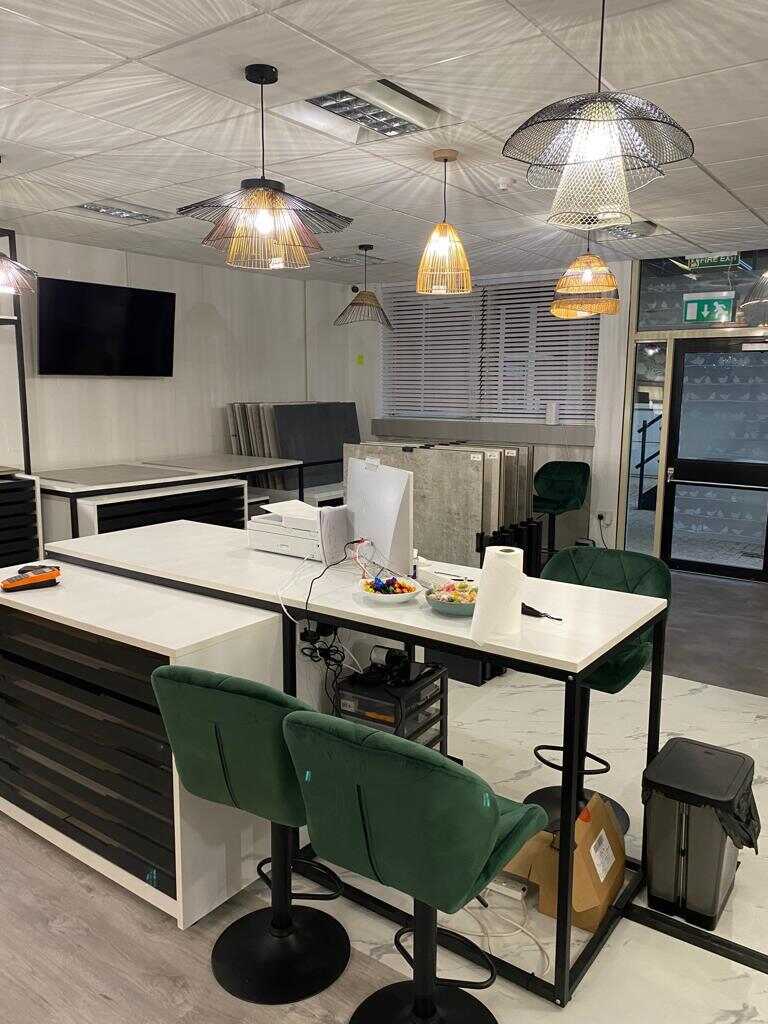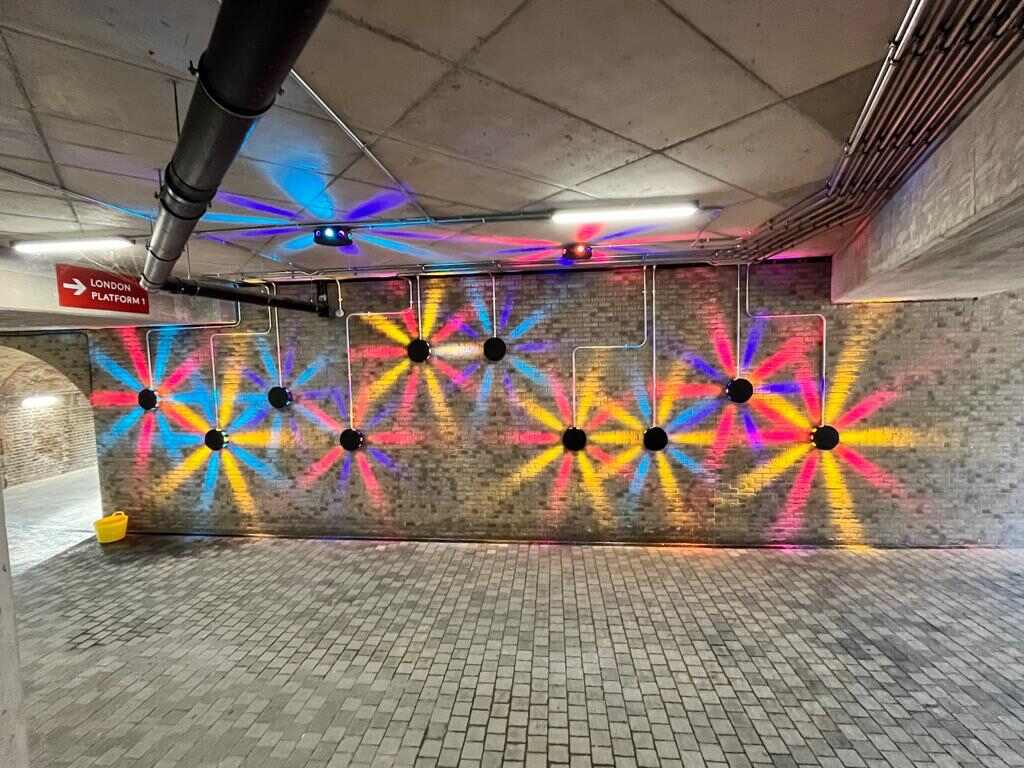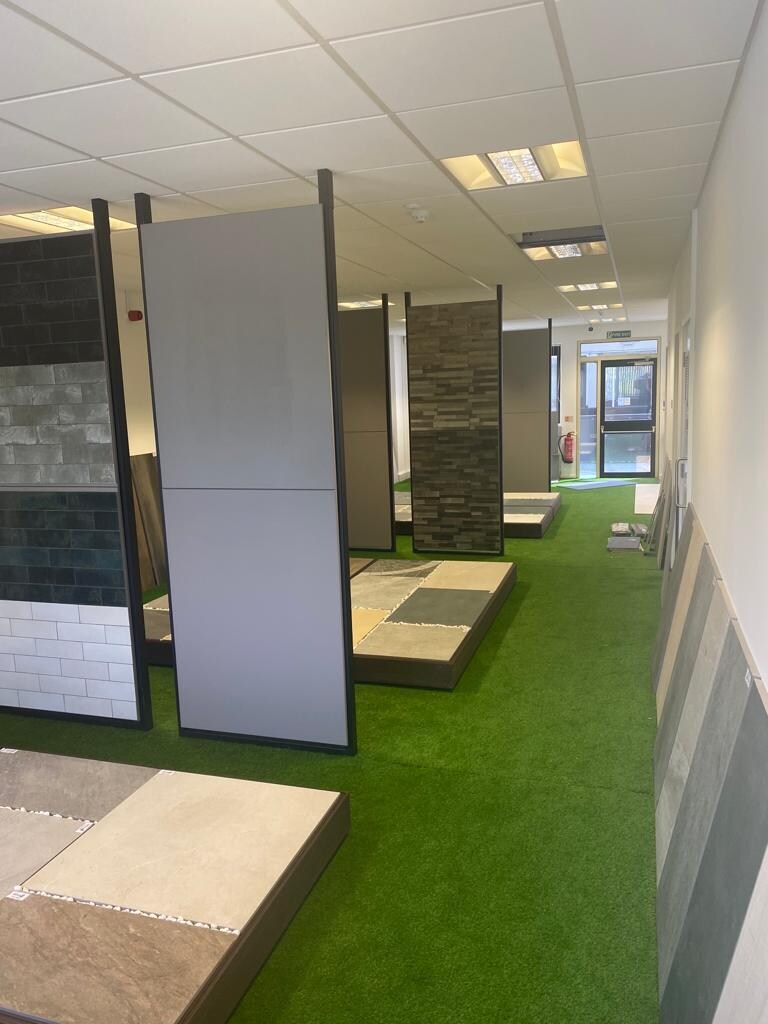What are Commercial Electrical Installations?
So what are Commercial Electrical Installations? Let’s delve into what makes up a commercial electrical installation
When we talk about, Commercial electrical installations, we are referring to the electrical systems and components installed in commercial buildings. A commercial building can be offices, retail stores, hospitals, hotels, and other non-residential structures. The electrical design is to provide a reliable and safe electrical system for the building’s various equipment, lighting, and hardware within the building.
Here at Electrical Installation Services, we are a commercial electrical-focused business, and from experience know that using a specific commercial electrician is always the best policy
Commercial Electrical Installation
- Power Distribution: Generally, Commercial buildings require a substantial amount of electrical power to operate various equipment and systems. Therefore, The electrical power is typically supplied from the utility grid to the building’s main electrical service panel or switchgear. From there, it is distributed to different areas and circuits within the building.
- Electrical Panels and Switchgear: Generally, Electrical panels or switchgear act as the central control point for electrical distribution within a commercial building. They receive power from the main service panel and distribute it to subpanels or distribution boards located throughout the building. Furthermore, These panels contain circuit breakers or fuses to protect against electrical overloads and short circuits.
- These are also referred to as
-
- Electrical Fuse Board
- Consumer Unit
- Electrical Distribution Panel
-
Example of commercial electrical installations:
-
Wiring and Cabling:
Commercial electrical installations involve running electrical wiring and cables throughout the building. Generally, this is to connect various devices and systems. Different types of cables are used, such as copper or aluminium conductors enclosed in protective insulation. Wiring is typically installed within walls, ceilings, or conduits for protection and aesthetic purposes.
-
Lighting Systems:
Adequate lighting is crucial in commercial buildings for both functional and aesthetic reasons. Firstly, Lighting systems can include general lighting, task lighting, emergency lighting, and decorative lighting. Secondly, These systems may utilize different types of fixtures, such as fluorescent, LED, or incandescent lights. Finally, these lighting systems are often controlled by switches or dimmers, or a combination of both.
-
Power Sockets, Floor Boxes, and Dado Trunking:
A large amount of power sockets are installed throughout commercial buildings to provide electricity for various equipment. They can be mounted on walls, within floors on placed in ceilings. Basically, anywhere inside the fabric of the building and on the outside walls even. Furthermore, They are strategically placed in different areas, such as offices, conference rooms, hallways, and public spaces, to facilitate access to power sources.
-
HVAC Systems:
Heating, ventilation, and air conditioning, commonly known as HVAC systems are an integral part of the majority of commercial buildings. In fact, most modern buildings are fully equipped with heating and cooling. Older buildings may have a large range of different heating systems. However, in both cases, the majority will require electrical sockets. They require electrical power for operation, including components like air conditioning units, fans, pumps, and control systems. Therefore, electrical connections for HVAC systems must be installed according to specific requirements and safety standards.
-
Safety Measures:
Commercial electrical installations must adhere to safety regulations and codes to minimize electrical hazards. This includes grounding and bonding systems, surge protection devices, circuit protection, and proper insulation of conductors. Safety devices like ground fault circuit interrupters (GFCIs) are often installed in areas prone to moisture, such as bathrooms and kitchens, to protect against electric shock.
-
Fire Alarm and Security Systems:
Commercial buildings typically have fire alarm systems and security systems in place for the safety of occupants and property. These systems incorporate electrical components. These can include the following which require electrical power and wiring.
-
- smoke detectors
- heat detectors,
- alarms
- emergency lighting
- access control systems
- speed gates
-
Energy Efficiency:
With the growing focus on energy conservation and sustainability, commercial electrical installations often include energy-efficient solutions. This may involve the use of LED lighting, occupancy sensors, programmable thermostats, and other energy management systems. Thus, the aim is to reduce electricity consumption and lower operating costs.
-
Maintenance and Inspections:
Regular maintenance and inspections are essential for ensuring the safe and reliable operation of all commercial electrical installations. This includes testing electrical equipment, verifying wiring integrity, checking connections, and identifying and repairing any faults or issues to prevent electrical failures or accidents.
Commercial electrical installations should be carried out by qualified electricians or electrical contractors who are familiar with the local building codes and safety regulations.
We are accredited by NICEIC to ensure we keep up with the ever-changing codes and standards
For additional electrical articles please visit our main BLOG page here





